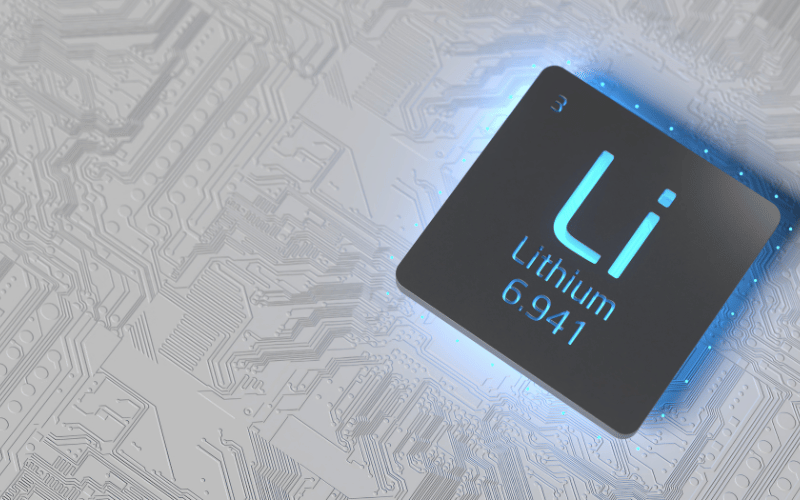Visit Green Cubes at HIMSS Global Health Conference & Exhibition 2026, Las Vegas, NV March 9-12,

Unplanned Stops Erode Profit
Every minute of unexpected equipment idle time raises unit cost and jeopardizes on-time delivery. Swapping or servicing legacy lead-acid power packs is a frequent cause of these interruptions. Advanced lithium battery solutions supply stable, high-efficiency power that helps plants sustain continuous flow across shifts.
Rapid Charging Sustains Continuous Production
Conventional lead-acid batteries can require eight hours to charge and additional cooldown time. A comparable lithium pack reaches full charge in about two hours and accepts opportunity charging during breaks without shortening service life. Equipment returns to the line quickly, and most facilities reduce the number of spare batteries they must keep on hand.
Lower Maintenance Frees Skilled Labor
Lead-acid cells demand weekly watering, corrosion cleaning, and equalization cycles. Sealed lithium designs remove these tasks, shifting battery care to quick visual inspections. Technicians can spend reclaimed hours on predictive work such as robot calibration and conveyor alignment, directly supporting throughput goals.
Stable Voltage Protects Process Quality
Voltage on a lead-acid unit drops steadily during discharge, slowing travel speed on automated guided vehicles and lift capacity on trucks. Lithium chemistry holds voltage almost flat until the final minutes of a cycle, so feeders, shuttles, and lifts operate at rated performance throughout the shift and avoid incremental slowdowns that cascade into schedule slips.
Extended Service Life Stabilizes Capital Budgets
Lead-acid batteries average 1,200 to 1,500 cycles. Advanced lithium alternatives typically provide 2,500 to 4,000 cycles before noticeable capacity loss. Fewer replacements cut procurement expense, lower hazardous-waste fees, and simplify multi-year budgeting. Plants comparing options can explore the full range of motive power solutions to match pack voltage and form factor.
Implementation Checklist
- Audit downtime reports to identify battery-related delays.
- Confirm lithium pack voltage, weight, and dimensions align with existing trucks and lifts.
- Install high-efficiency chargers near break areas to encourage brief top-up sessions.
- Train operators on opportunity charging and daily visual inspection routines.
Begin Your Uptime Improvement Plan
Manufacturers that adopt advanced lithium battery solutions report higher equipment availability, lower energy spend, and more predictable maintenance schedules. Request a tailored production uptime assessment to see how quickly your plant can capture similar gains.
DISCLAIMER Please note that everything posted on this site is up to date at the time of posting. Things change and products may be discontinued at any time. Please contact us for the most up to date information.
